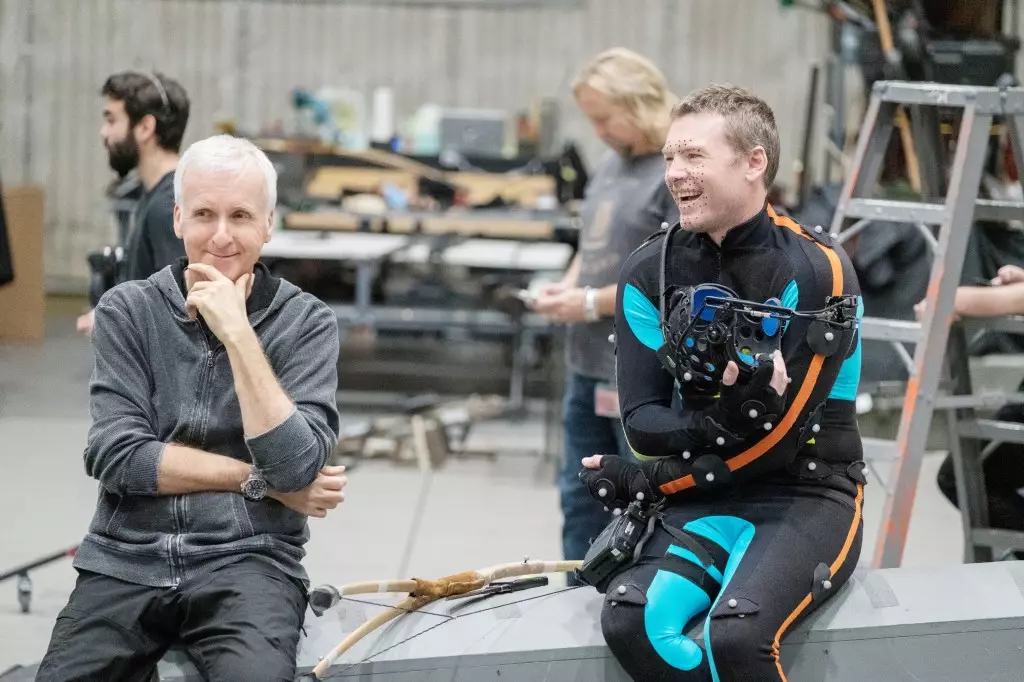In an era where cinematic storytelling often leans heavily on sequels and franchises, the anticipation surrounding James Cameron’s upcoming threequel in the “Avatar” series serves as a testament to the growing interest in innovative world-building. Cameron recently indicated that the production is making remarkable strides; a sentiment he expressed in a conversation with Empire magazine. The director, known for his monumental box-office successes, claimed that the post-production phase, spanning two years and commencing later this year, is progressing “well ahead of the curve.” This insight presents a refreshing perspective, especially considering the protracted production timeline that characterized the previous installment.
Cameron’s assertion that they have “doubled the number of finished shots” compared to the earlier film is significant. It suggests a streamlined process, possibly reflecting lessons learned from past experiences. For fans, this is promising news regarding a film that holds high expectations, both creatively and financially. The anticipated release date of December 19 seems to be in a secure position, enhancing excitement for a franchise that has already amassed nearly $5 billion at the box office.
Innovation through Technological Mastery
Cameron also hinted at the inventive spirit that pervades this threequel, emphasizing his commitment to utilizing the newest technologies. His inclination toward blending high-octane action with intricate storytelling has long set him apart from contemporaries. He promised viewers “really clever action set-pieces” that promise to elevate the cinematic experience. The melding of groundbreaking visual elements with compelling narratives speaks volumes about Cameron’s skill in delivering not just spectacle but substance.
In this iteration, he aims to inject “a level of character and intrigue” that surpasses that of the previous films, which is a tall order given the emotional depth that fans have come to expect. Such ambitions indicate a shift towards a more character-driven narrative, perhaps exploring the nuances of the Na’vi societies in ways previously unexplored. As he develops the narratives for Avatar 4 and 5, the potential for deeper story arcs and character development could reshape the franchise’s future.
The Bold Approach to Cinematic Storytelling
Cameron acknowledges the inherent risks associated with innovating a beloved franchise. He candidly recognized the risks of “getting high on [their] own supply” and inadvertently straying from what initially attracted audiences to the “Avatar” series. Yet his philosophy underscores a critical tenet of successful filmmaking: pushing boundaries is not just beneficial; it’s essential. Innovative storytelling demands bravery, and by challenging conventions, Cameron aims to keep the franchise relevant and engaging.
Moreover, the unveiling of new concept art and the introduction of novel Na’vi tribes have stirred excitement, hinting at richer lore and complex dynamics within the film’s universe, including elements of fire, which appear to be a focal point in this narrative expansion. Cameron’s explorative approach could very well redefine expectations for the franchise while accommodating the evolving sensibilities of modern audiences.
The future of the “Avatar” series lies in its ability to harmonize visual wonder with profound narrative depth. With Cameron at the helm, fans can cautiously anticipate a cinematic experience that challenges conventions and invites them back to the majestic world of Pandora once again.

